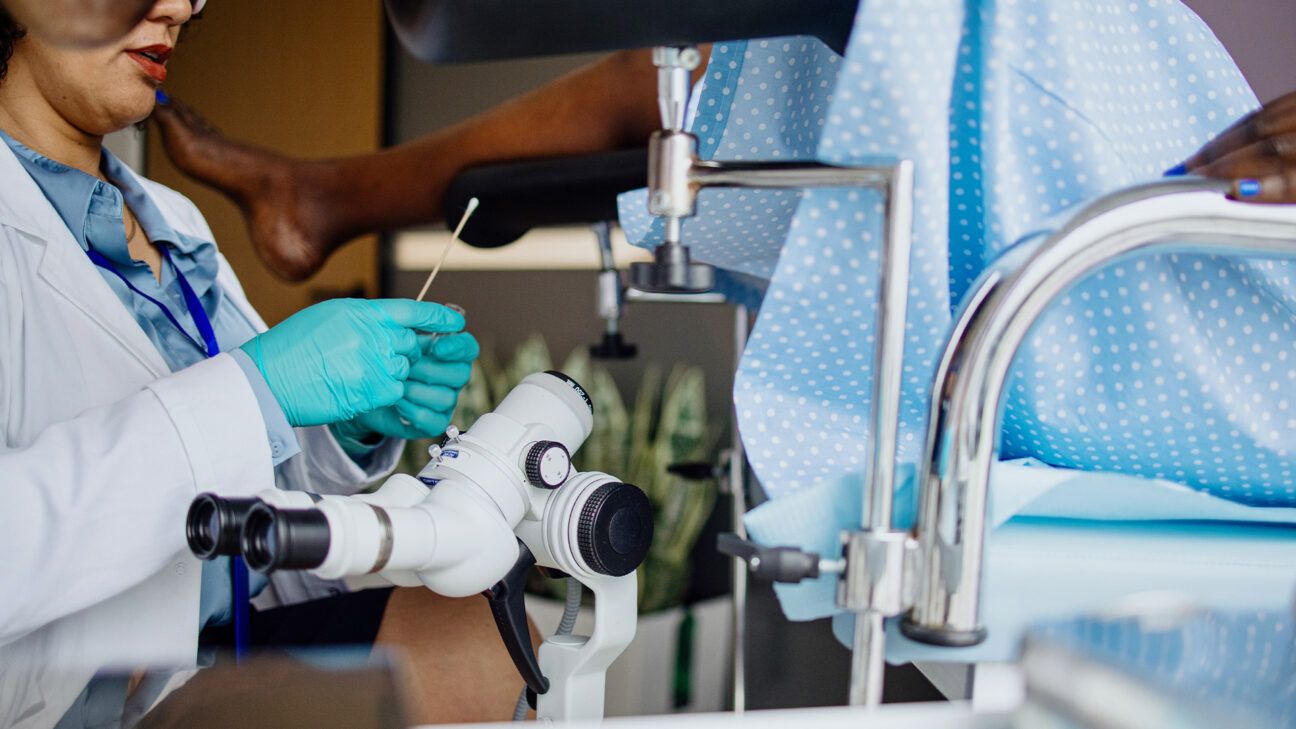
New Self-Collection HPV Testing Added to Cervical Cancer Screening Guidelines
Cervical cancer screening guidelines now include self-collection of HPV samples alongside traditional testing methods, aiming to improve healthcare access and reduce screening barriers.

Doctor performing gynecological examination
The U.S. Preventive Services Task Force (UPSTF) recommends three effective screening methods:
- HPV testing
- Pap tests (cytology)
- Co-testing (combined Pap and HPV)
Current screening recommendations by age:
- Ages 21-29: Pap test every 3 years
- Ages 30-65: Choice of:
- HPV test every 5 years
- Pap test every 3 years
- Co-testing every 5 years
Self-collected HPV testing is now recommended for those 30 and older, providing comparable accuracy to clinician-collected samples. However, collection must occur in healthcare settings, as no FDA-approved home testing options currently exist.
Despite overall declining mortality rates (70% decrease since the 1950s), significant disparities persist:
- Black women are twice as likely to die from cervical cancer compared to white women
- Hispanic women face 40% higher diagnosis rates and 26% higher mortality rates
Key prevention strategies:
- Regular screening appointments
- HPV vaccination for children and adults
- Annual well-woman visits
- Early detection and treatment of abnormal results
Most cervical cancer cases occur in those who haven't been screened in five years or more. Working with healthcare providers to choose appropriate screening methods and maintaining regular check-ups remains crucial for prevention and early detection.
Patients can discuss their options with healthcare providers to determine the most suitable screening approach based on their personal health needs and circumstances. Regular screening, combined with HPV vaccination, provides the best protection against cervical cancer.
